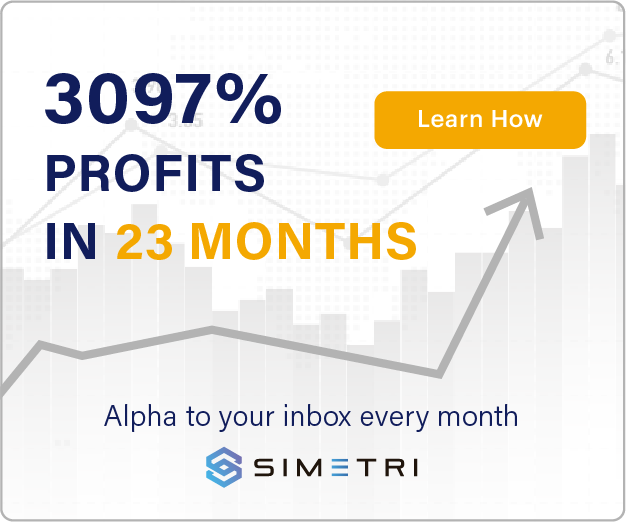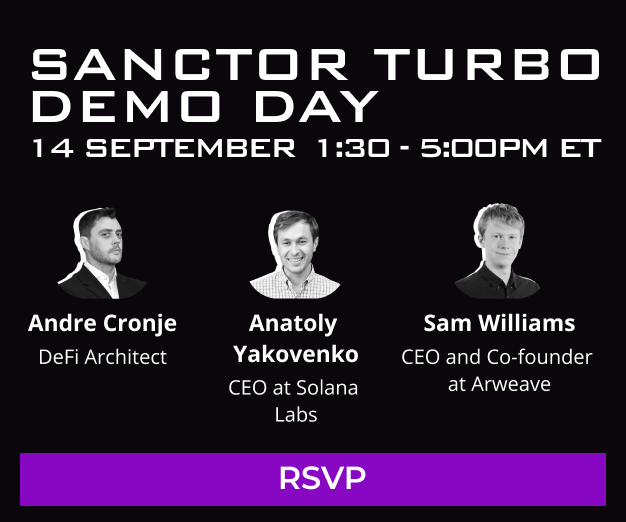Key Takeaways
- Solana’s DeFi ecosystem is growing rapidly.
- Several high-quality projects are vying to become the network’s blue chips.
- By using these protocols early, users can get in on the ground floor before the ecosystem develops.
Share this article
Following Solana’s meteoric price rise, the smart contract platform’s DeFi ecosystem has exploded. With so many new projects establishing themselves on Solana, there are numerous opportunities to benefit from the rapid growth.
Solana’s Ascent
While Solana has grown exponentially over the summer, Ethereum is still the undisputed home of DeFi in the crypto space. Following the “DeFi summer” of 2020, a handful of top projects have established themselves as DeFi blue chips on Ethereum, covering the functionalities of traditional financial markets in the decentralized space.
However, the expense of using DeFi on Ethereum today has priced out many users. While Layer 2 solutions like Optimism and Arbitrum promise to reduce the cost of using the network, progress has been slow. As such, other Layer 1 chains like Solana are well-positioned to take some of the DeFi market share away from Ethereum.
Solana ticks all the boxes for an up-and-coming DeFi-focused Layer 1. Its fast block times and Proof-of-History mechanism prevent frontrunning, and its node scalability means the network can theoretically avoid congestion and keep transaction costs low.
With this in mind, Solana is well on the way to fostering its own thriving DeFi ecosystem. At present, several DeFi projects are vying to become Solana’s DeFi blue chips. By identifying potential projects, users can benefit from being early adopters and all the perks that come with that, such as airdrops, liquidity mining, and more.
Potential Blue Chips
Two of the biggest DeFi blue chips on Ethereum are Compound and Aave. Both of these protocols act like decentralized banks, allowing users to deposit assets to earn interest and use them as collateral for borrowing assets. Advanced yield farmers often use Compound and Aave as the base layer for stacking “money legos,” borrowing assets to generate additional yield in various DeFi protocols.
Port Finance and Solend are two Solana-based projects that are competing to act as decentralized banks.
Port Finance, is currently the 11th largest dApp on Solana with a total value locked (TVL) of around $122 million, according to DeFi Llama. Port works much the same way as Compound and Aave and currently supports stablecoins USDC, USDT, and PAI, plus a few Solana-native assets such as Serum. Port is currently running a liquidity mining program, where users can earn the protocol’s governance token PORT in addition to interest paid out in the deposited asset.
The Port Finance Liquidity Program is now live 🔥
In the initial phase, we will release 5000 $PORT tokens per day, which is 150,000 $PORT tokens per month (~1M USD at the time of writing!)🤯
🔎 Click below for all details and PORTicipate!https://t.co/eg059GBMw7
— P◎rt Finance (@port_finance) September 9, 2021
Solend is another of Solana’s DeFi banks. With a lower TVL of $64.4 million, Solend is currently the 13th largest Solana dApp. It features many of the same assets as Port, with the addition of Raydium and Ethereum, allowing users to borrow against a more diverse range of assets. Solend has not released a governance token yet but has confirmed that a token will be introduced via a liquidity mining program sometime in September. Rewards for the program will be retroactive, so using the protocol early may yield an additional bonus.
Another of Ethereum’s DeFi staples is the stablecoin-focused decentralized exchange Curve Finance. On Curve, users can swap pegged assets such as stablecoins and wrapped assets efficiently with low levels of slippage. On Solana, the demand for swapping pegged assets is filled by Saber, the protocol with the current highest TVL on the network.
Saber offers numerous pegged asset pairs such as USDC-USDT, staked and unstaked SOL, and BTC-renBTC. As well as swapping assets, users can also provide liquidity to earn interest. Unlike most liquidity pools on Ethereum dApps, Saber’s pools do not require the user to deposit equal amounts of both assets. While the yield rate fluctuates with the amount of liquidity provided and the pool utilization, users can expect to earn 3 to 10% APY on Saber. However, the opportunity to earn yield doesn’t stop there.
Once users have received their liquidity provider (LP) tokens, they can take them over to the yield aggregator Sunny to earn extra rewards. Users can earn SBR for providing liquidity on Saber, and the Sunny aggregator also pays out SUNNY tokens with a variable APR depending on the liquidity pool. This additional yield layer is already highly utilized, with around $1.4 billion of Saber LP tokens deposited on Sunny, giving it the second-highest TVL on Solana.
While there are a variety of DeFi opportunities available on Solana, many users simply opt to stake their SOL for a variable return of 6 to 8%. Once funds are staked, they become illiquid, meaning that they are locked up and cannot be traded or deposited into other DeFi protocols. However, an activity known as liquid staking allows users to produce a synthetic asset representing staked SOL that isn’t locked. This lets users access additional yield opportunities while simultaneously staking their SOL.
Marinade Finance fills this gap in the market by allowing users to stake their SOL and receive mSOL in return. mSOL is staked SOL that is tradable and can be used to generate additional yield on other DeFi platforms. For example, a user can take advantage of Marinade’s liquid staking to earn 6 to 8%, then deposit their mSOL into Saber’s SOL-mSOL liquidity pool to earn additional yield.
Another Ethereum blue chip to get a Solana equivalent is MakerDAO. The Maker protocol allows users to deposit certain crypto assets in vaults and mint an amount of DAI stablecoins equivalent to the deposited asset’s value. The result is a decentralized, collateral-backed cryptocurrency soft-pegged to the U.S. dollar.
Like MakerDAO, Solana’s Parrot Finance allows users to lock up their assets and mint the PAI stablecoin in return. In addition to depositing single assets such as SOL, SRM, or RAY, LP tokens from Saber can also be used as collateral to mint PAI. Parrot currently has a cap on the amount of PAI that can be minted, but as the platform grows and demand stabilizes, these restrictions are likely to be lifted. Recently, Parrot has entered into a dual liquidity mining program with Port Finance, allowing users to deposit PAI and pSOL, earning both PRT and PORT tokens in addition to regular interest.
Another of Solana’s popular DeFi projects is Orca, an automated market maker (AMM) for exchanging assets on Solana. While Solana already offers ways to exchange assets such as Serum and Raydium, Orca simplifies the AMM experience and introduces a whole host of upgrades. Before providing liquidity to the protocol’s pools, the amount of tokens earned per $1,000 is displayed, making it easier for users to estimate their rewards. Additionally, when confirming transactions, Orca pulls data from price trackers on CoinGecko, alerting users if rates or slippage is higher than expected.
With all of the lucrative opportunities to earn yield in the Solana ecosystem, the network looks primed to attract more capital in the coming months. Getting involved early can often pay dividends, as was the case for many DeFi protocols on Ethereum. While SOL’s price may look overheated at the moment, the ecosystem developing on Solana looks like it’s here to stay.
Disclaimer: At the time of writing this feature, the author owned BTC, ETH, and several other cryptocurrencies.
Share this article
DeFi Project Spotlight: Raydium, Solana’s Top Automated Market M…
Raydium is a decentralized exchange on Solana that functions unlike any other exchange. It uses liquidity pools but also acts as the biggest market maker on Solana’s order book-based exchange,…
Anatoly Yakovenko Explains Why Solana Will Succeed
Crypto Briefing looked under the hood of the Solana ecosystem in an interview with Anatoly Yakovenko, the co-founder of Solana and CEO at Solana Labs. He discussed the rate of…
Solana Closes $314 Million Funding Round
Solana Labs has raised over $314 million in a funding round led by Andreessen Horowitz and Polychain Capital. Solana Announces Fundraiser Solana Labs has raised a nine-figure sum in a…
What is Impermanent Loss and How can you avoid it?
DeFi has given traders and investors new opportunities to earn on their crypto holdings. One of these ways is by providing liquidity to the Automated Market Makers (AMMs). Instead of holding assets,…


